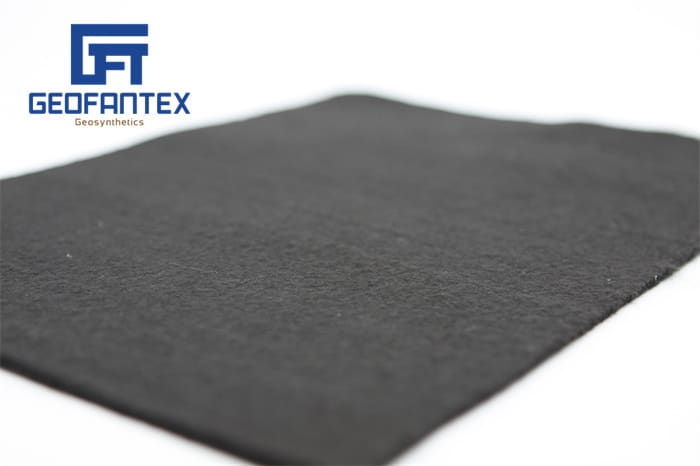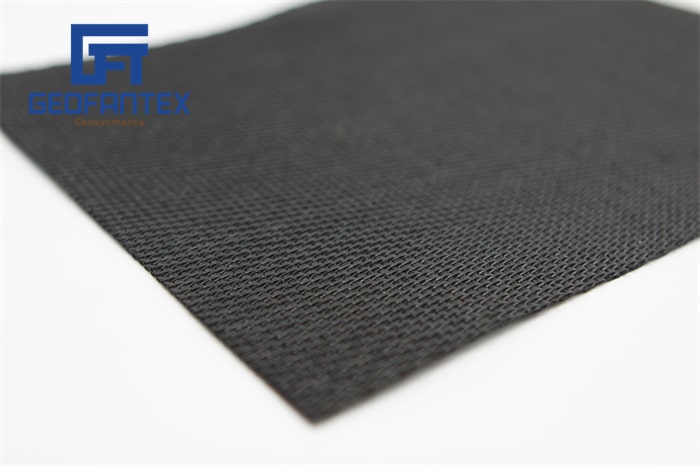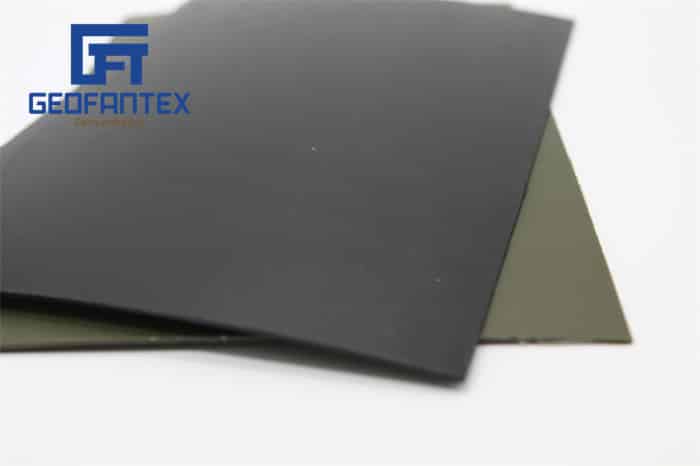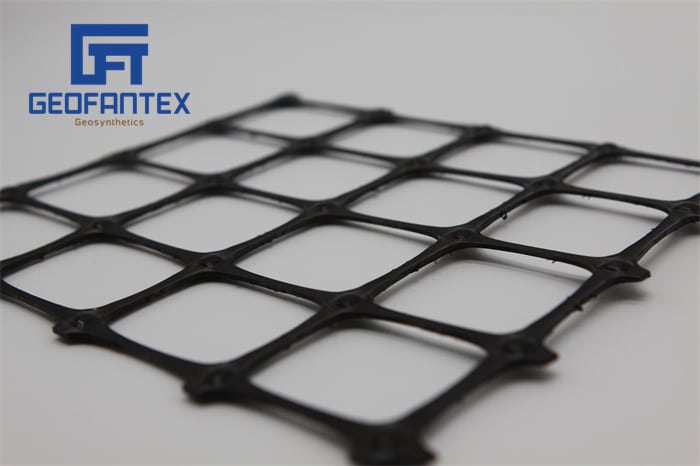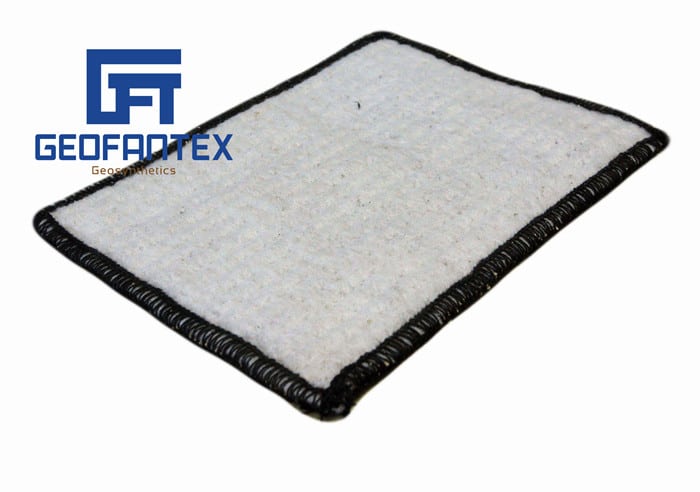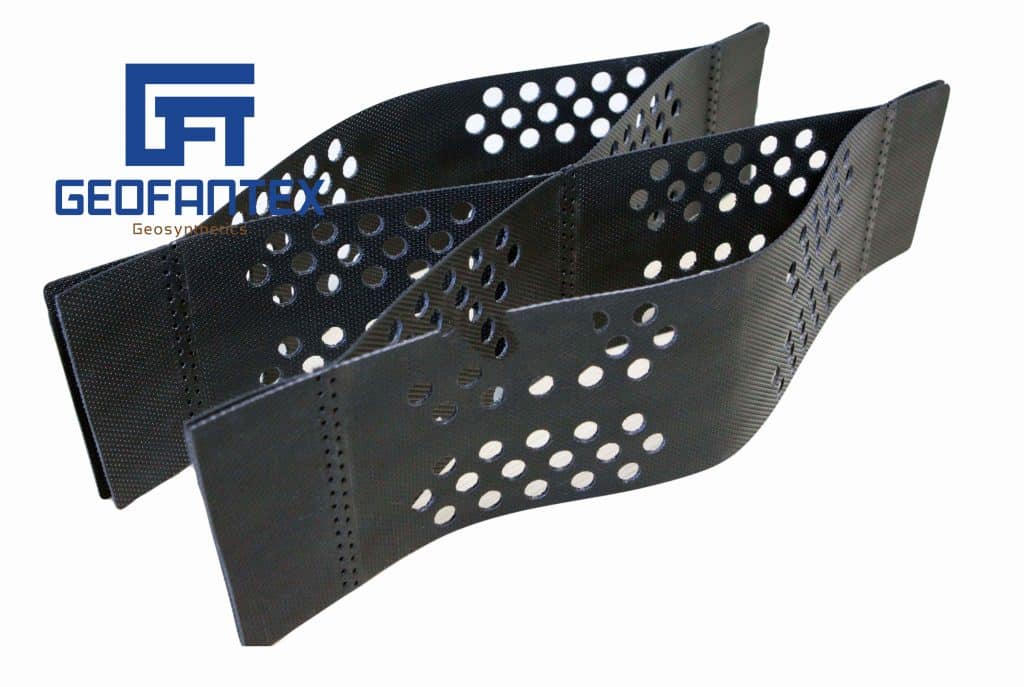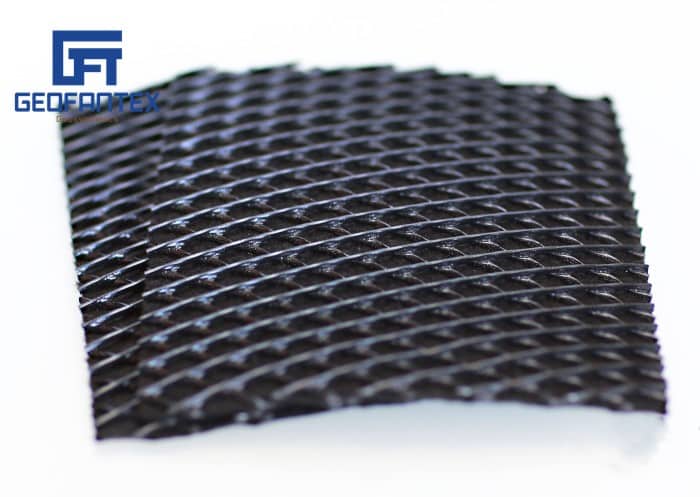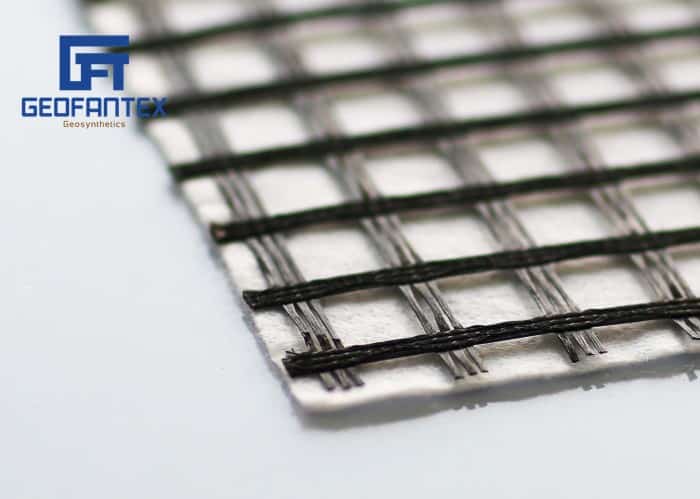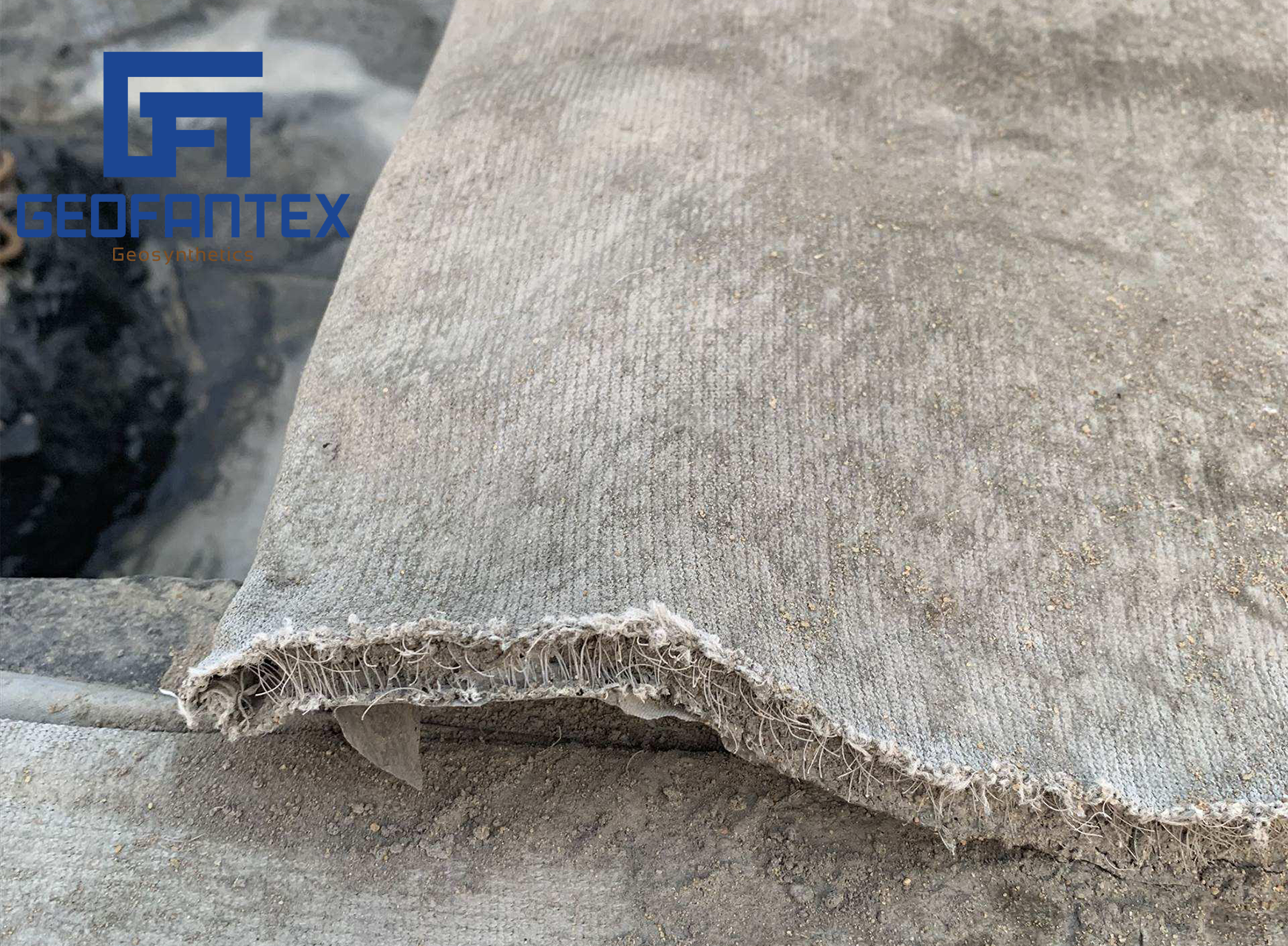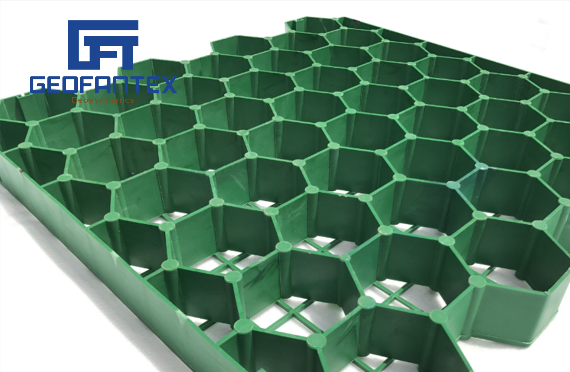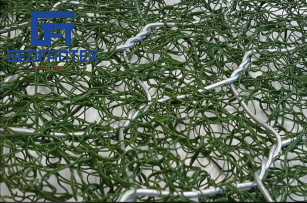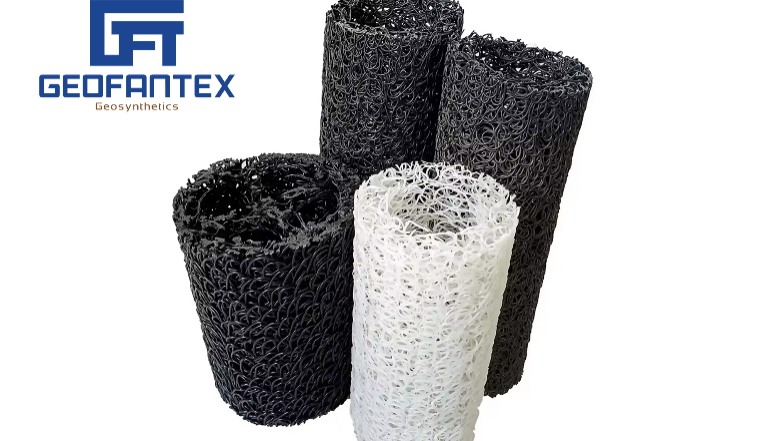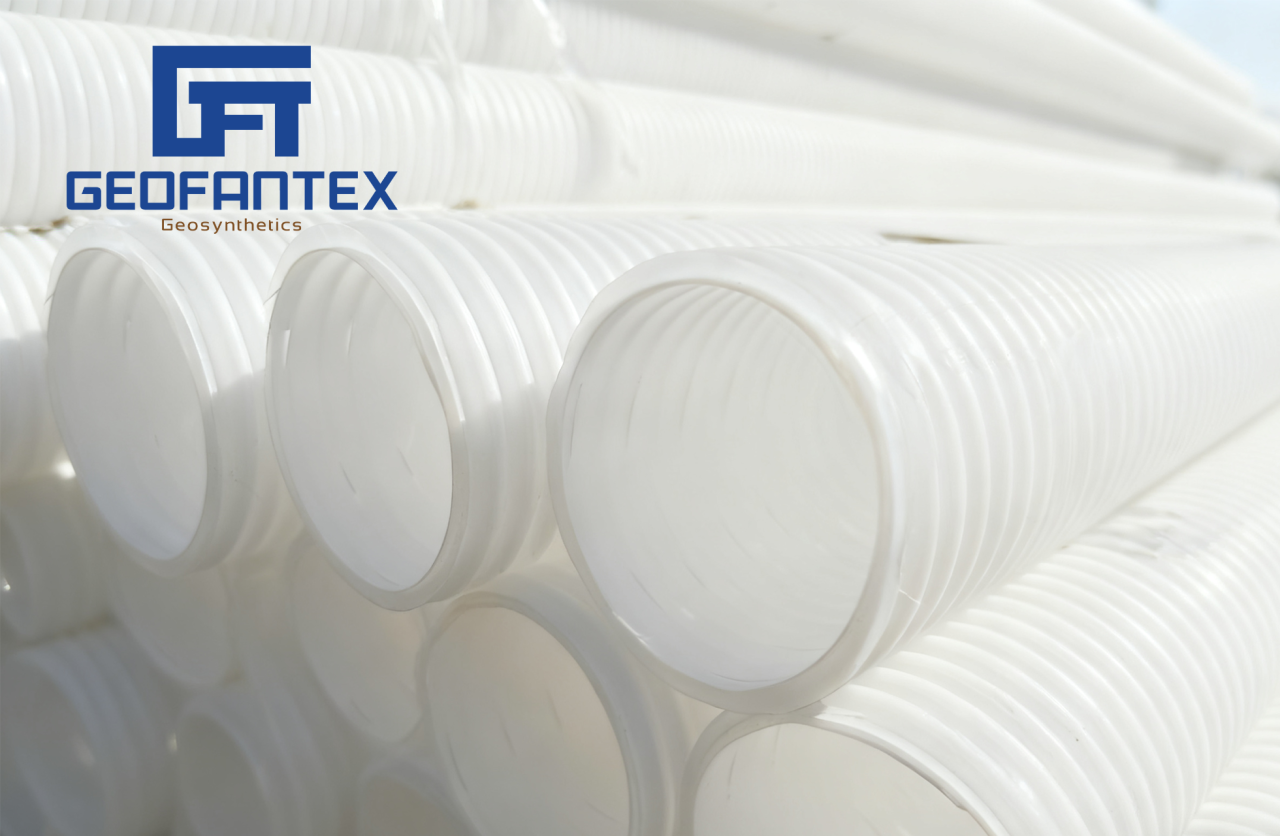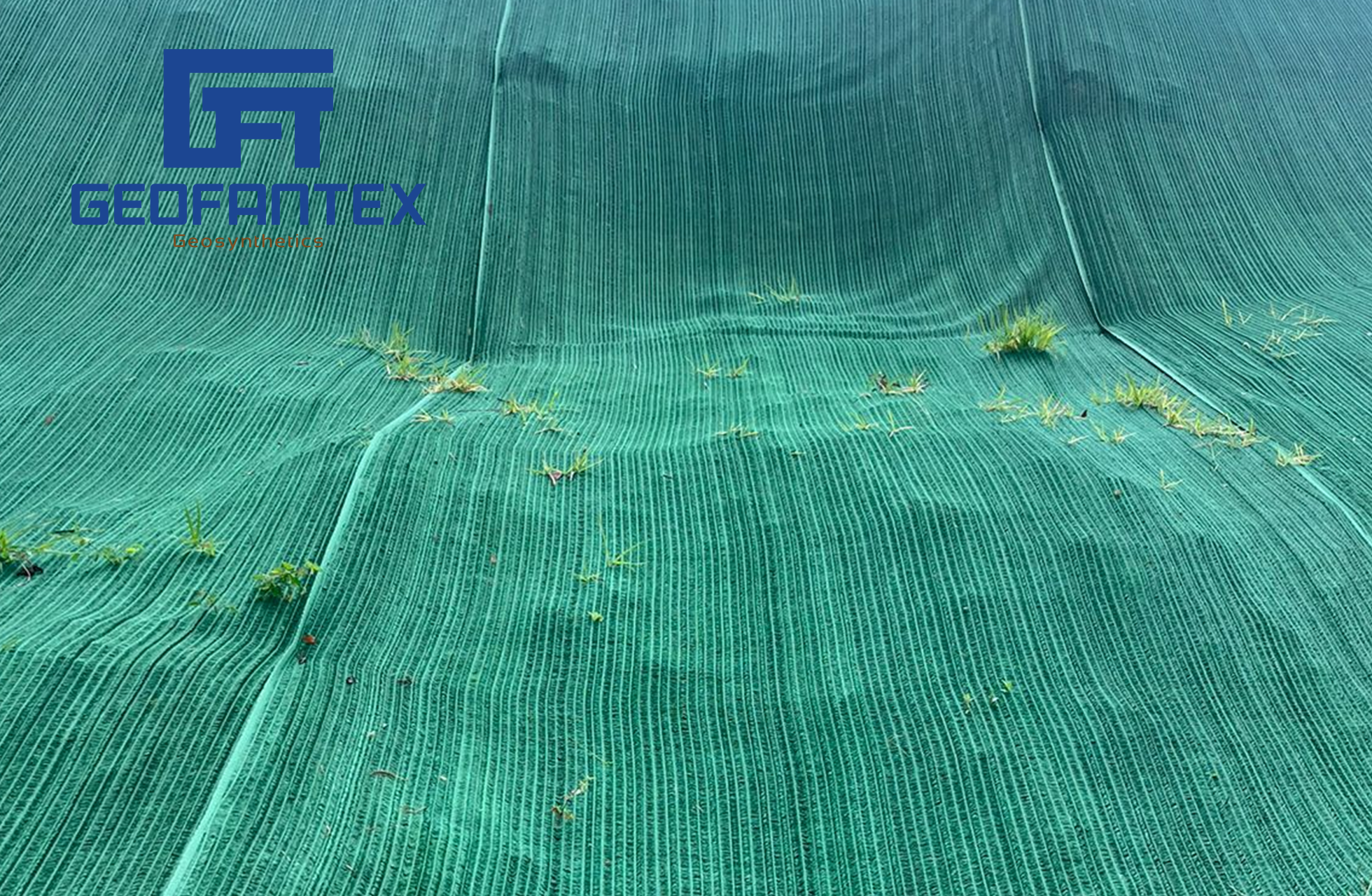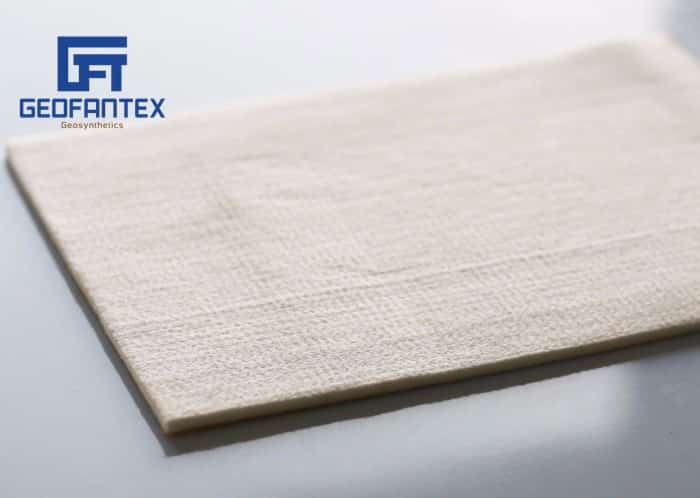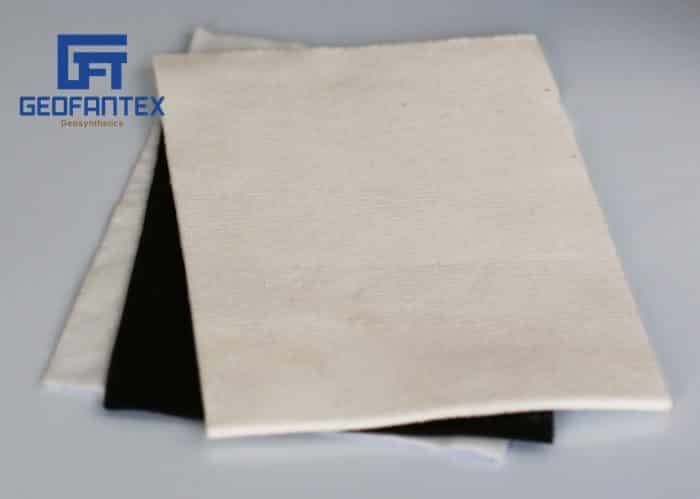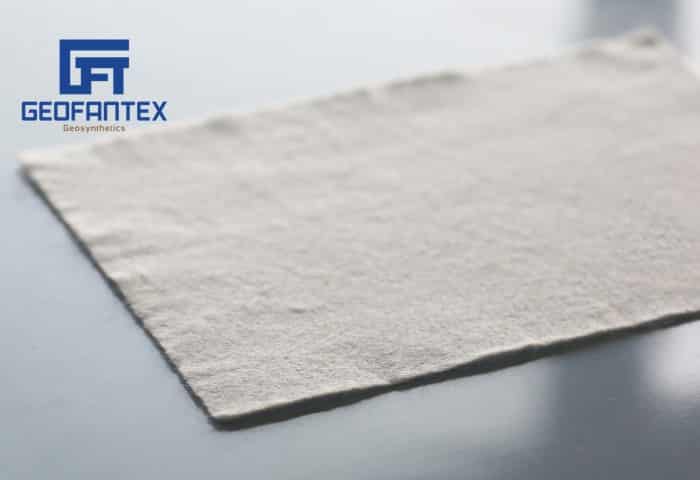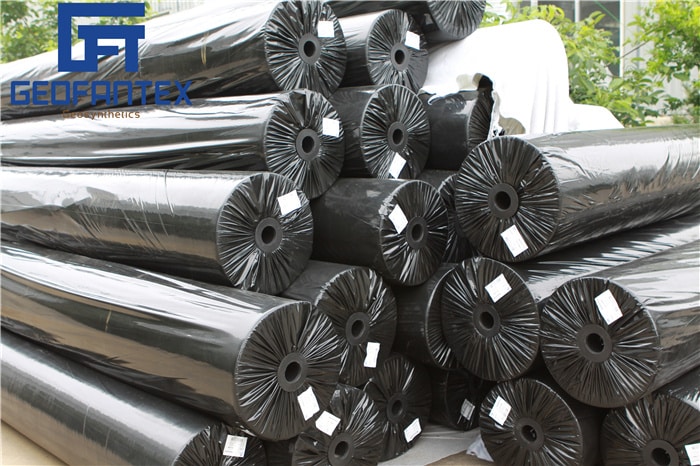+86-159 9860 6917
info@geofantex.com
geofantex@gmail.com
+86-400-8266163-44899
A geogrid retaining wall is a crucial component in modern landscaping and construction projects, offering strength and durability while reducing material costs. This article will address common questions and provide solutions related to the use of geogrid retaining walls.
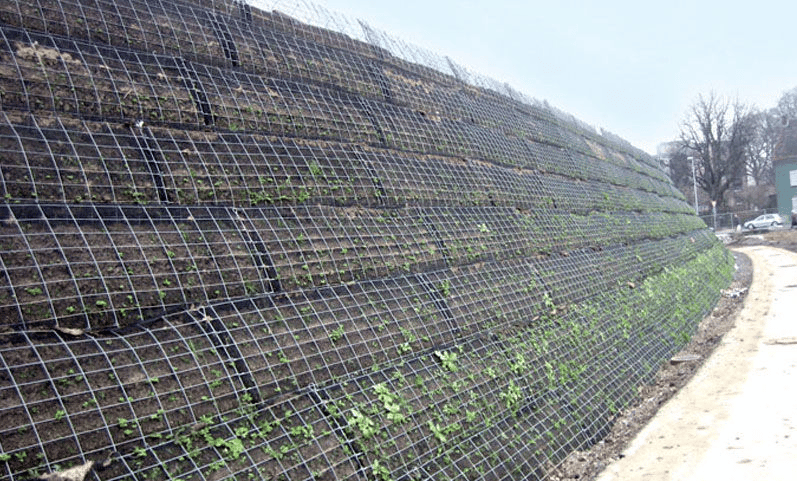
What is a geogrid retaining wall, and how does it work?
A geogrid retaining wall is a reinforced soil structure that uses geogrids—high-strength synthetic grids—placed within the soil behind a facing wall to improve stability. It works by:
- Reinforcing the soil with geogrids that increase tensile strength and prevent soil movement.
- Distributing loads evenly to reduce pressure on any single point of the wall.
- Stabilizing the soil layers by anchoring them together to prevent slipping or collapse.
- Allowing flexible design for taller or steeper walls without massive concrete structures.
This method is cost-effective, environmentally friendly, and provides durable support for retaining soil.
What are the main advantages of using a geogrid retaining wall in construction?
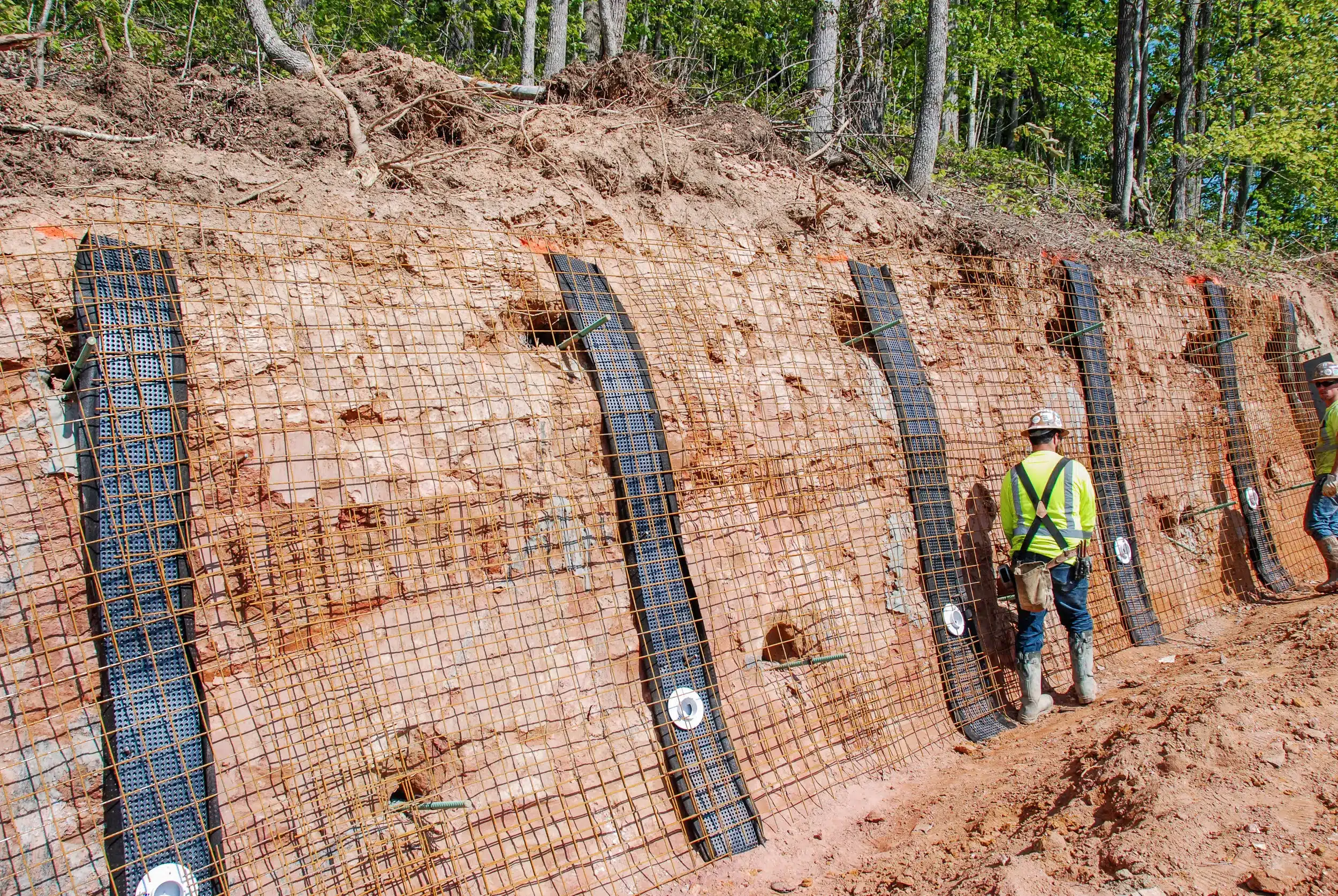
A geogrid retaining wall offers several advantages in construction, particularly for soil stabilization and slope reinforcement. Here are the key benefits:
- Enhanced Structural Stability – Geogrids reinforce the soil, improving the wall’s load-bearing capacity and reducing the risk of failure.
- Cost-Effective – Reduces the need for deep foundations or extensive excavation, lowering material and labor costs compared to traditional retaining walls.
- Improved Load Distribution – The geogrid helps distribute loads more evenly, preventing localized pressure points that could lead to wall deformation or collapse.
- Increased Wall Height Capability – Allows for the construction of taller retaining walls without requiring excessively thick structures, making it ideal for large infrastructure projects.
- Erosion Control – Prevents soil movement and erosion, particularly in areas with steep slopes or poor soil conditions.
Geogrid-reinforced retaining walls are widely used in highway embankments, residential landscaping, and commercial developments due to their durability and efficiency.
Are there any specific challenges associated with installing a geogrid retaining wall?
Installing a geogrid retaining wall can present several challenges, depending on the site and project requirements:
- Site Preparation: Ensuring proper site preparation is crucial. Any inconsistencies in the foundation soil can affect the stability of the wall over time.
- Design Considerations: Correctly sizing and designing the geogrid wall to accommodate the specific soil conditions and anticipated loads is essential. This includes considering factors like slope stability and drainage.
- Installation Accuracy: Precision is key during installation, especially when placing the geogrid layers and connecting them to the facing materials. Any errors here can compromise the wall’s effectiveness.
- Compatibility with Fill Materials: The fill materials used behind the geogrid must be properly compacted and compatible with the geogrid material to prevent settlement or failure.
- Drainage Management: Proper drainage provisions are necessary to prevent hydrostatic pressure build-up behind the wall, which can lead to instability.
- Long-Term Durability: Ensuring the geogrid material chosen is durable and can withstand environmental factors such as UV exposure and chemical degradation over time.
- Environmental Factors: Consideration of environmental factors such as freeze-thaw cycles, seismic activity, and groundwater fluctuations, which can impact the stability of the retaining wall.
Addressing these challenges through careful planning, professional installation, and adherence to design specifications can help ensure a successful geogrid retaining wall project.
How can I maintain a geogrid retaining wall over time?
Maintaining a geogrid retaining wall involves regular inspections and proper upkeep to ensure its longevity and performance. Here are some key steps for maintenance:
- Regular Inspections: Check for any signs of movement, such as bulging or leaning. Look for cracks or gaps in the wall, which could indicate settlement or erosion issues. Inspect the geogrid layers to ensure they’re intact and not exposed to external damage (e.g., erosion or vegetation growth).
- Drainage Maintenance: Ensure that the drainage system behind the wall is functioning properly to prevent water buildup, which can weaken the structure over time. Clear any debris from drainage pipes or weep holes to allow water to flow freely.If drainage problems are found, repair them promptly to prevent water pressure behind the wall.
- Vegetation Control: Keep vegetation, especially deep-rooted plants, away from the wall and the geogrid layers. Roots can damage the geogrid material or cause the wall to shift. Trim bushes or trees near the wall to prevent root intrusion and maintain wall integrity.
- Soil Erosion Control: Ensure that the soil around the retaining wall is stable and not eroding. Use erosion control measures like geotextiles, mulching, or planting vegetation on the backfill to reduce water runoff.
By following these steps and addressing issues early, you can maintain the stability and functionality of your geogrid retaining wall over time.
By addressing these questions, we hope you better understand the benefits and potential challenges of using geogrid retaining walls in your projects. Always ensure you’re working with high-quality materials and knowledgeable professionals to get the best results.
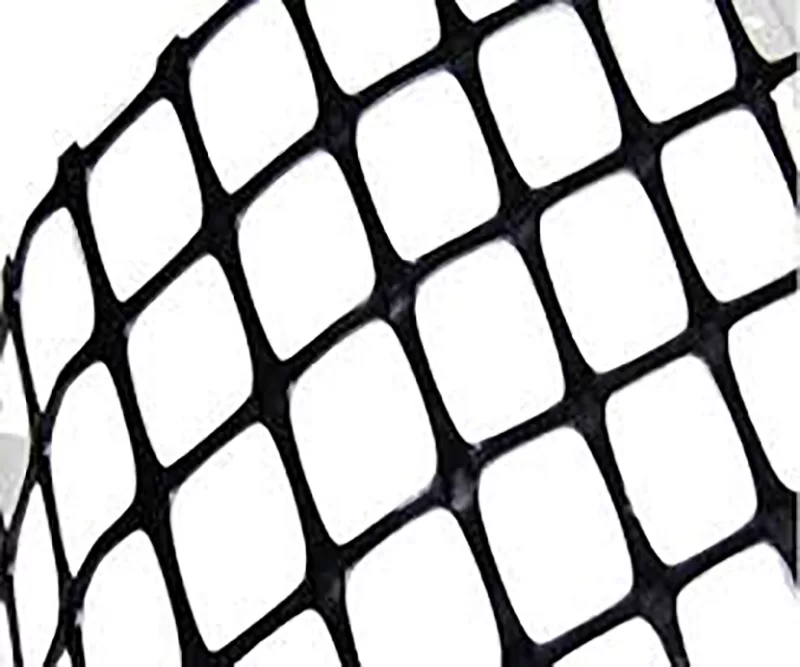
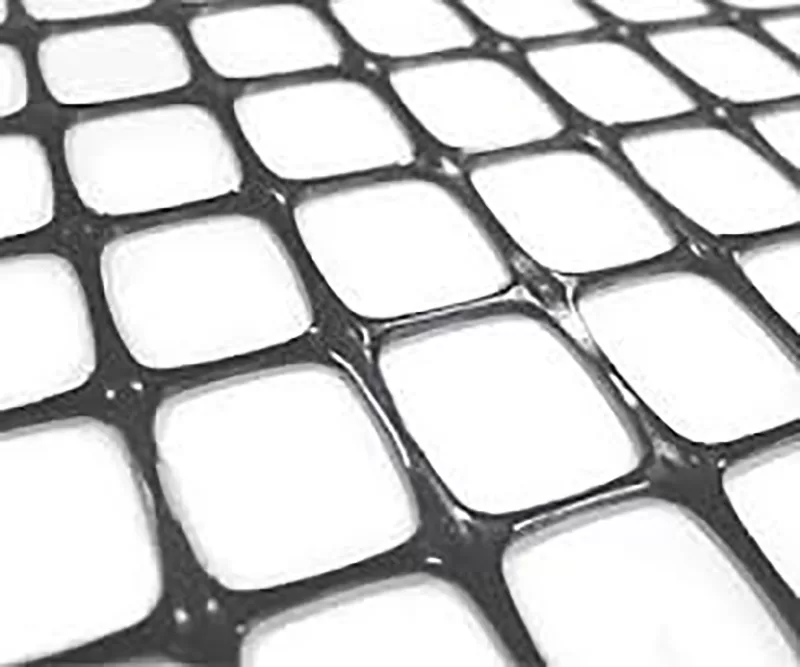
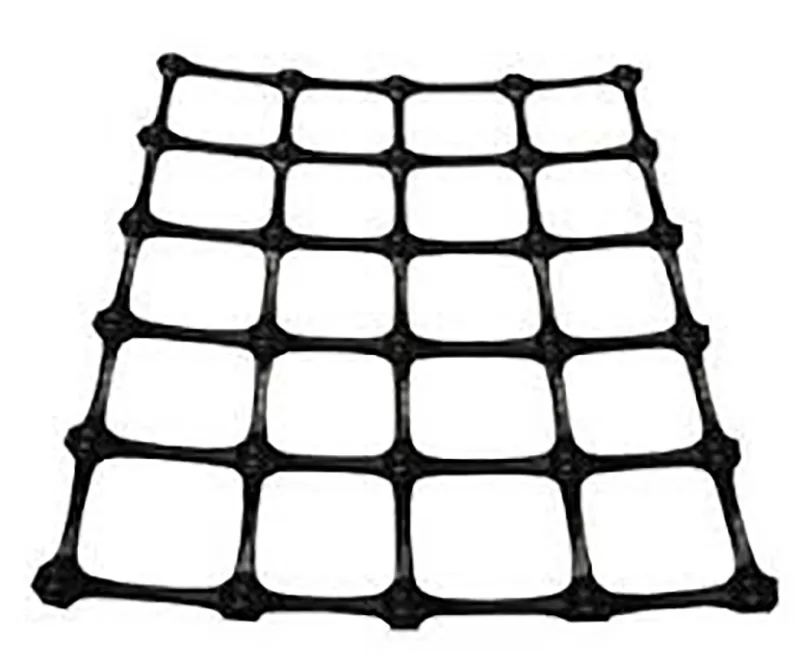
Get Free Sample
We’ll respond as soon as possible(within 12 hours)

